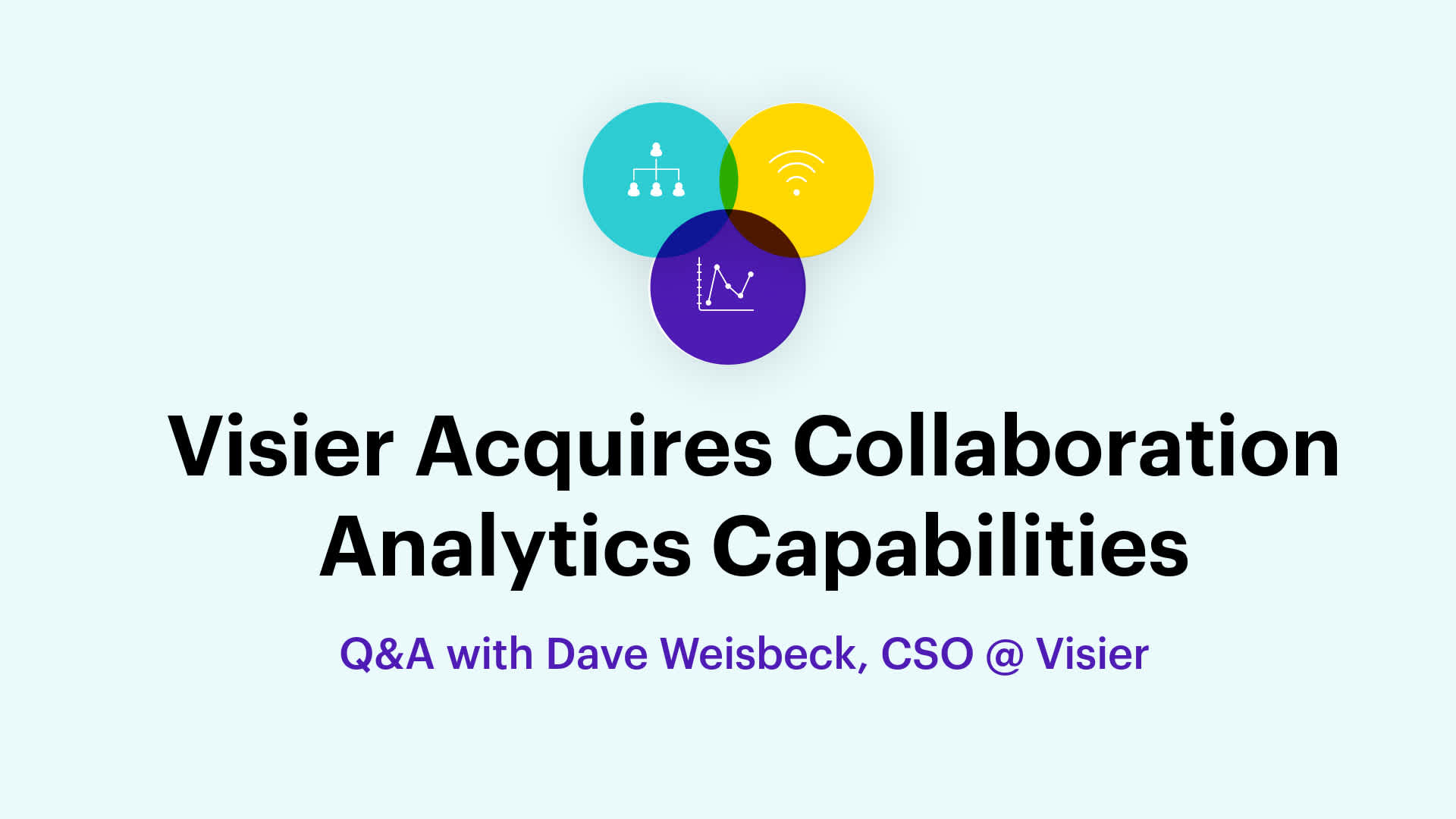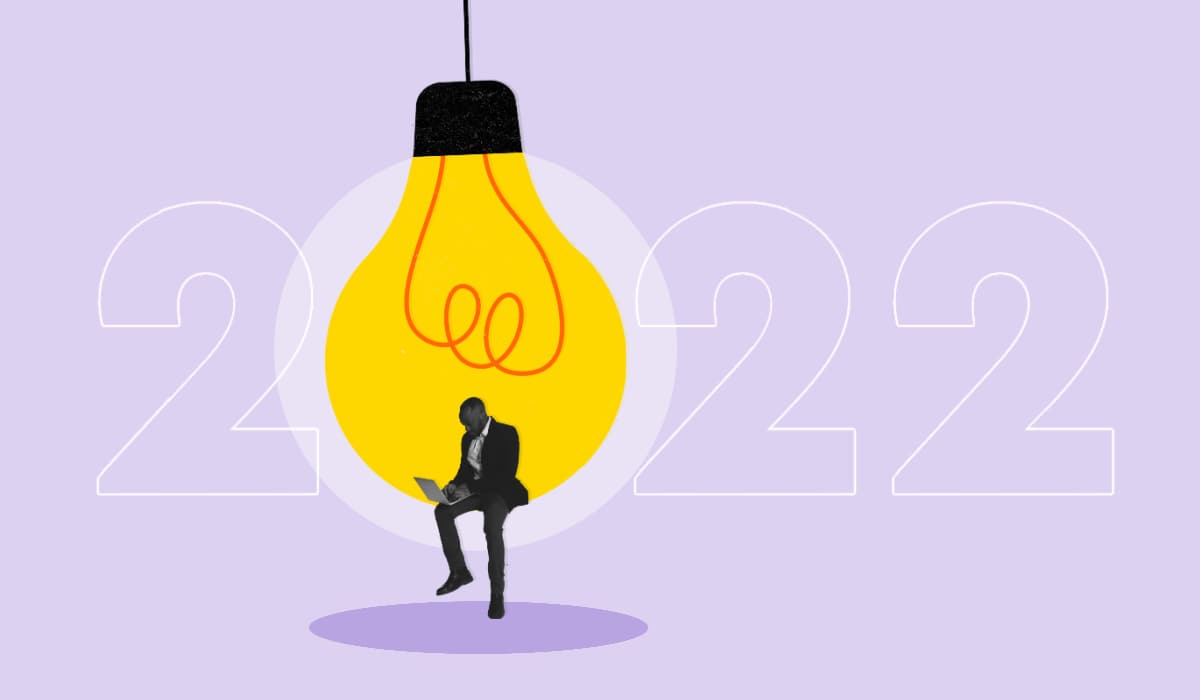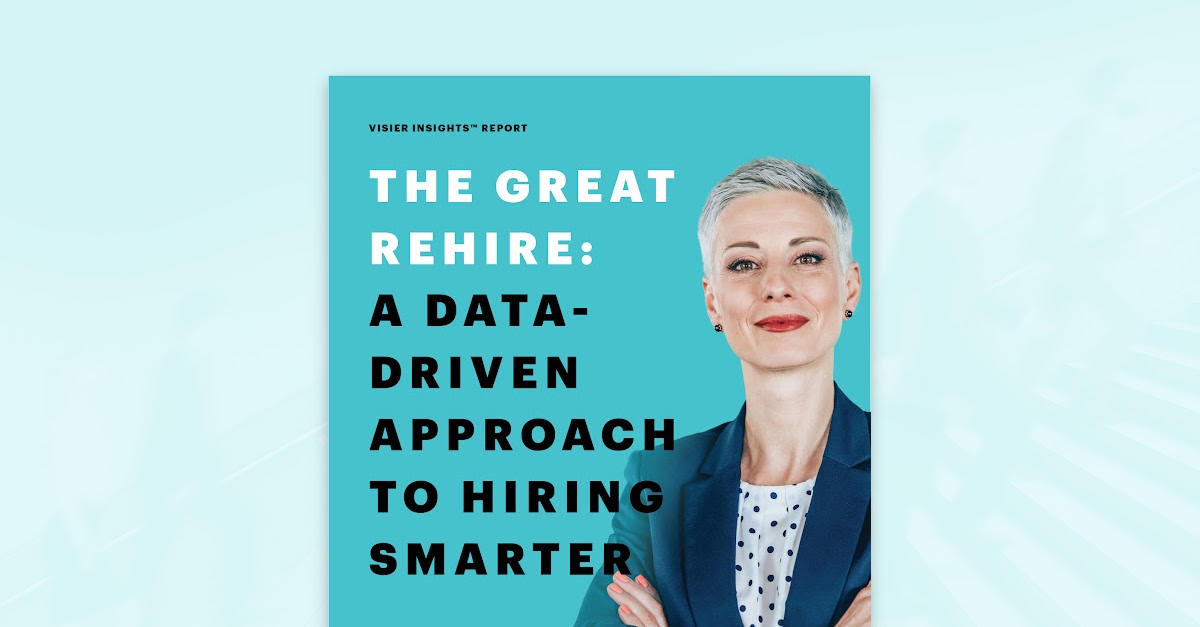Cool story bro
Pillar page hero test
Change the entry editor’s appearance for this content type in the Entry editor settings
Blah Blah Blah
Test headinline
Unlock people insights in Jira for team capacity and resource planning to maximize team productivity
Blah Blah BlahGet a demo
Right featured content
Learn more about the Corporate Sustainability Responsibility Directive (CSRD) and why every HR Leader need to urgently get their people data ready
Get a demo

Overline copy
Heading
Lorem ipsum dolor sit amet, consectetur adipiscing elit. In sodales justo suscipit, feugiat mi eu, gravida neque. Pellentesque convallis elit et cursus congue.
Blah Blah Blahtest
Culture
Lorem ipsum dolor sit amet, consectetur adipiscing elit
Are we currently in a recession? We share five things we learned about recessions from a labor economist, including a definitive answer.
View article
What EU Businesses Need to Know About CSRD in 2023
The Corporate Social Responsibility Directive (CSRD) has been signed into law, and EU companies must urgently get their people data ready. Learn how.
View article
Culture
Lorem ipsum dolor sit amet, consectetur adipiscing elit
Are we currently in a recession? We share five things we learned about recessions from a labor economist, including a definitive answer.
View articleTitle, desc, buttons, bg image
Lorem ipsum dolor sit amet, consectetur adipiscing elit. Suspendisse at ipsum id mi commodo egestas. Proin lacinia felis eget malesuada auctor.
Title, desc, buttons, bg image
Lorem ipsum dolor sit amet, consectetur adipiscing elit. Suspendisse at ipsum id mi commodo egestas. Proin lacinia felis eget malesuada auctor.
Table of contents
Why do companies care about employee retention?What are the benefits of employee retention?What are five employee retention strategies?What are some examples of effective employee retention?Visier and employee retentionWhy do companies care about employee retention?
Testing Preview
Companies invest a significant amount of time and effort in recruiting, interviewing, hiring, and onboarding employees. They want to ensure that this investment pays off over time. The longer an employee is with a company, and performing effectively, the greater the payoff.
Losing employees through turnover—voluntary or involuntary—represents lost opportunity and the loss of the investment that the company spent to find that talent in the first place.
Here are four key reasons by companies should care about employee retention.

Test banner background
Unlock people insights in Jira for team capacity and resource planning to maximize team productivity
Get a demoIt ensures their ability to capitalize on their investments in talent. The longer an employee stays on board, the more value they provide to the organization. The cost of the investment in finding, hiring, onboarding, training, and developing that employee is spread over time.

It ensures their ability to retain institutional knowledge. As employees tenure with an organization grows, so does their knowledge of the organization and its processes, people, customers, products and services. That institutional knowledge can help to drive creativity and innovation and spark new ideas that the company can leverage to its benefit and the benefit of its customers.
It helps them to continually attract new talent as their company becomes known for its strong culture and coveted status as a great place to work.
What is good employee retention?
The measure of good employee retention is often specific to both individual companies,departments, and positions. For instance, call centers will often have a higher rate of turnover than administration. It may be surprising to learn that, according to research from LinkedIn since the pandemic, HR departments actually have the highest level of turnover within most organizations at 14.6%. The rate of turnover in administration was only 7.8%.
According to the Bureau of Labor Statistics (BLS), the median length of time an employee stays with a company is slightly more than four years. That’s not a long time to recoup the investment made in that talent.
Average turnover rates in 2021, according to awardco, an employee rewards and recognition platform, were 47.2%. The industry with the highest rate of turnover was construction at 56.9% andthe lowest was government at 18%.
Generally, according to People Keep, a personalized benefits firm, “employee retention rates of 90% or higher are considered good, meaning a company should aim for an average employee turnover rate of 10% or less.”
Clearly, that ideal is a far cry from the reality that most companies are facing today.
What are the benefits of employee retention?
There are a number of benefits related to good employee retention. These include:
Reduced costs. When companies can retain more employees, they can realize cost reductions in talent acquisition. These companies find themselves in the enviable position of having prospective employees continually knocking on their door rather than needing to pound the pavement in search of new talent.
Better productivity. Satisfied and engaged employees are productive employees. Companies with low turnover are in that position because they are able to keep employees satisfied and to engage them with work that they find rewarding and challenging.
Increased morale and satisfaction. Retention goes hand in hand with high morale and satisfaction. It pays for organizations to focus on keeping employees on board by ensuring they have a work experience that they find rewarding and motivating.
The retention of institutional knowledge. Lost employees represent a cost to the organization not only in terms of recruitment and training costs, but also from the institutional knowledge that they gain during their employment—knowledge that they are at risk of taking elsewhere, including to competitors.
What are the risks of poor employee retention?
Some obvious risks of poor employee retention include wasted resources and the added need to continuously recruit new employees.
Another factor that may not be so immediately apparent is the risk of losing customers. High employee turnover is correlated with customer dissatisfaction, which can lead to lost business and related negative word of mouth.
Research conducted at Durham University and published in Management Science Letters found “a strong correlation between customer satisfaction and employee job satisfaction and retention.”
Poor employee retention can also impact the value of the brand both from an employee and a consumer perspective. Employees don’t want to work for a company with a bad employer reputation. Similarly, customers don’t want to do business with these companies because they question the quality and value of their products and services.
What are five employee retention strategies?
It’s apparent that focusing on strategies to improve employee retention is important for companies of all sizes and in all industries. Doing so can help reduce the costs of talent acquisition, retain institutional knowledge and ensure a high level of service to customers.
Retention isn’t an event. It’s a process. And it’s one that requires a commitment from the top of the organization down to the front lines.
Here are five employee retention strategies that represent a strong foundation for building a culture that will help to attract and, most importantly, retain employees.
1. Hire right
If you bring the right employees on board in the first place, you’ll have a better chance of ensuring that those employees stay on board.
What are the “right” employees? They are employees whose personal values are aligned with organizational values, who believe in the organization’s mission and vision, who have the knowledge and ability to do their jobs, and who are committed to continuous improvement and lifelong learning.
2. Understand what matters to employees.
Once on board, employees’ needs and interests will likely change over time both as they become familiar with the organization and as the environment—internally and externally—changes over time. Having processes in place to ensure an ongoing means of understanding what matters to employees, and taking actionable steps to provide them what they need, will help ensure that they stay committed to the organization and less likely to look for opportunities elsewhere.
Some tactics to collect this information include regular pulse and longform engagement surveys, townhall Q&As, the collection of feedback at 1:1 meetings, or anonymous questionnaires.
3. Offer competitive pay and benefits.
While competitive pay and benefits aren’t the most important thing to employees (LinkedIn research suggests that development opportunities are!), they still matter and are often an important point of comparison for employees when considering whether to seek employment elsewhere.
4. Offer training and development opportunities.
As LinkedIn and other research suggests, today’s employees value the opportunity to learn and grow. You can provide these opportunities both in the form of traditional training, and through stretch assignments. Not only does this help keep employees engaged and on board, it also benefits your organization as they apply their new skills and talent to help improve your company and its products and services.
As employees learn and grow they are likely to move around the organization. Tracking who goes where can help you identify new opportunities and create an internal mobility program to ensure employees have the opportunities they crave.
5. Train supervisors and managers
Your supervisors and managers need to be good stewards of your employee resources. Retention isn’t something that is “owned” by HR or senior leaders. Yes, they are highly accountable to helping ensure that companies have high levels of retention, but that responsibility spreads throughout the organization—and particularly to supervisors and managers. Those supervisors and managers, though, need to have the skills, information, and resources to help them effectively engage, coach, counsel, and develop the employees they are responsible for.
As companies focus on these broad strategies, they often identify additional retention strategies to help them keep their best talent.These strategies, of course, are highly dependent on the hiring environment companies find themselves in, and are impacted by other external factors (like the pandemic, for instance). Uncertain times call for new, and different, approaches to talent retention.
What are some examples of effective employee retention?
There are, of course, many companies that excel at employee retention. These are the companies where employees love to work and they rarely find themselves without a strong source of new talent eager to join their companies.
Fortunately for them—and unfortunately for the many employees who would love to work with them—they are in the enviable position of not often having a large number of open positions available.
Location Labs is one example. They have a retention rate of 95%, and they’ve never laid off an employee. How do they do it? One of their tips: recruit well to retain well, one of the key strategies we shared earlier.
Other examples? Even during the Great Resignation some companies stand out for their ability to attract and retain employees. Fast company points to some of them, including Insider Inc., Maximus, Nielsen, Walmart Global Tech, and The Walt Disney Company.
Chances are you’ve heard of them!
These companies are effective at employee retention because they follow the strategies we outlined earlier. They hire right. They listen to employees. They offer competitive pay and benefits. They offer training and development. And they ensure that their supervisors and managers are prepared to provide the kind of support and encouragement to ensure employees are engaged, productive, and loyal.
Visier and employee retention
Your diversity, equity, and inclusion efforts should be integrally tied into your retention efforts. You want to make sure that you have a data-driven picture of which employees are most at risk for turnover so you can proactively take action to keep them on board.
For instance, there’s evidence to suggest that Gen Z is especially at risk of “quiet quitting.” Are you on top of the trends in your organization?
Understanding the specific retention needs of diverse employees—whether based on sex, age, length of service, racial or ethnic factors, disabilities, etc.—will ensure that you’re not missing key factors that may contribute to rising turnover among key populations.
Other demographic factors also bear some study. For instance, do your new hires stay on board? For how long? Exploring the retention and exit patterns for new hires can help you proactively address factors that might be driving quick exits.
Visier can provide you with the data and critical insights that will help your company stem the tide of potential turnover, while boosting engagement and productivity.
Visier’s Retention Focus helps you keep top talent on board, reducing turnover and protecting your important human resource investments. Explore why employees choose to stay or leave the organization and ensure that you are doing everything you can to keep them engaged, productive and committed to your organization.

Test banner background
Unlock people insights in Jira for team capacity and resource planning to maximize team productivity
Get a demo


